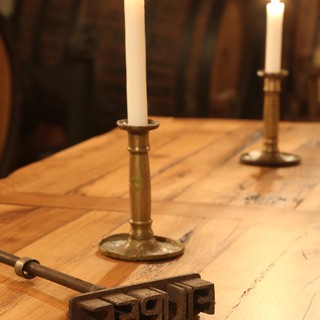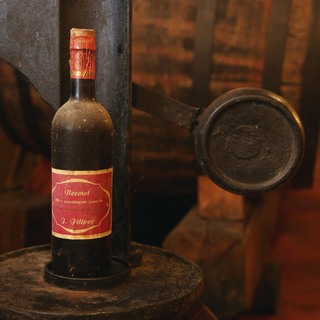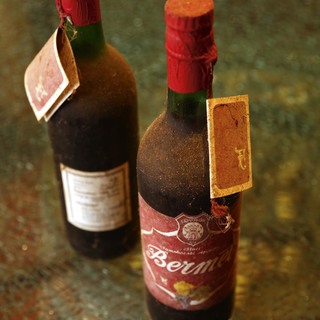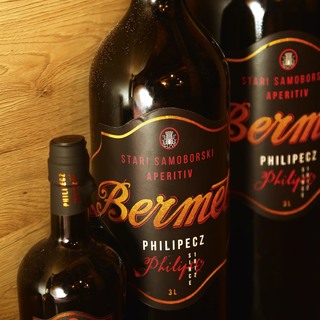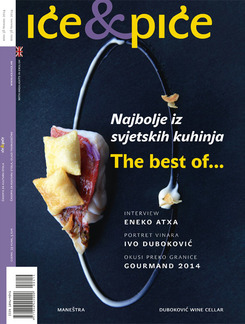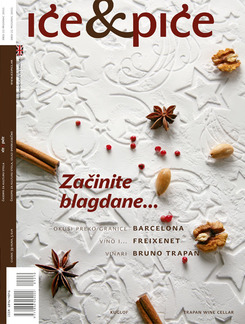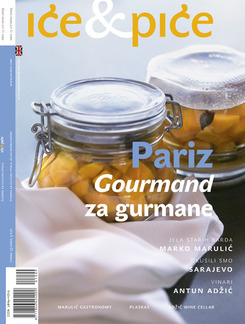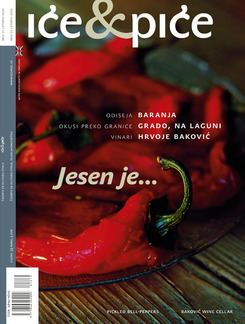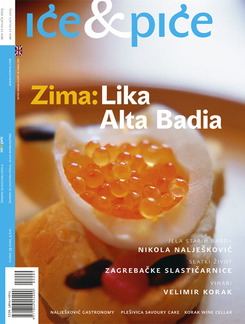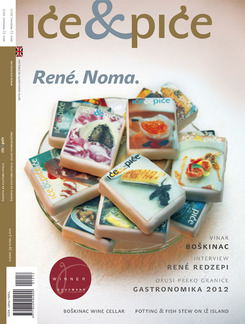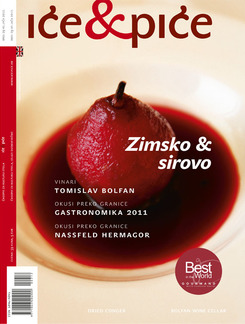Whenever life prepares some unpleasant surprises, wormwood appears on the tongue. Bitter like life, wormwood (pelin) is used to designate some wretched experience, some unpleasant reality, some curse or bad wish. But it is not just the bile that life offers, but it is also a simple, a miraculous plant that the gods have given people. In the Latin name, Artemisia absinthum, bitter wormwood preserves a memory of the myth according to which Artemis first gave it to women to lighten the pangs of their labour. Wormwood has been known as a medicinal plant since pre-Antique cultures and its therapeutic power (and its toxicity) have often fallen into ill repute during history.
Throughout Europe wormwood has featured as a crucial component of many liqueurs and similar drinks, the history of which should be sought first of all in the records of apothecaries, in monastic pharmacies and cellars, whence almost everything we know about the production of spirits derives. There is no doubt that drinks with wormwood were originally conceived as medicines and were not at first taken for pleasure but out of necessity. But in the last three hundred years a number of alcoholic beverages have been developed that have the allure of a gentle bitterness. Bermet is a member of the same family of aromatised wines and spirits as vermouth, pelinkovac and – the most famous or most notorious of them all – absinthe. Varying the composition of the various herbs, among which bitter wormwood gives a characteristic note, wormwood wine is the continuation of a tradition of aromatising wine that goes back to antiquity. Seasoning wine with various plants, honey and spices is an old European and Mediterranean habit, probably thought up not so much out of a fashion for the flavouring but more likely because of the poor quality of the wines. Wine has always been a delicate commodity to store, and the addition of spices and simples was often the only way to repair the flavour. The modern history of alcoholic beverages starts in the monastic kitchens and cellars in which they did not only produce drinks and experiment with new recipes but also and more importantly disseminated their knowledge outside the cloisters. We can thank the convents for the invention of champagne, cognac, numerous liqueurs and the development of the brewing technique. When drinks with wormwood did get into secular life, they had first occupied the laboratories of the apothecary, whence they brought the sick back to health and started their journey to the polite tables of the well-to-do from the 18th century on.
In Croatian drinks culture from the 16th century various wines aromatised with wormwood appeared. The names of pelinek and pelin wine can be found in the Belostenec Gazophylacium dictionary as a Croatian name, probably a pharmacy product of the leaves of wormwood. Although bermet, like mustard, is considered a memory of the Napoleonic conquests in the area, it is for certain that the history of bermet began in Samobor at least half a century earlier. The oldest surviving written recipe for vinum absinthum or wine with wormwood, called bermet in Samobor and surroundings today, dates from the mid-18th century. Reading the composition, we can see that apart from wormwood the recipe calls for lemon balm, bitter orange, mustard seed, coriander and cloves. All of them ingredients that in the 18th century would cost a mint, and indicated the new prosperity of the rising middle classes. For this reason it is easy to conclude that bermet was primarily a polite drink of the rich bourgeoisie and that Samobor did not accidentally enrich its history with a drink that was said to be served at courts around Europe in the 19th century.
A city of thriving craftsmen and merchants like Samobor could well have developed refined recipes and tit-bits that combined both domestic ingredients and the exciting spices that during the 18th and 19th centuries could be provided by shops selling goods from the Indies. In a newspaper advert from the early 20th century we find a shop with exotic goods offering its buyers the spice mixes necessary for the making of bermet. This seemingly inauspicious advert tells how widespread was the habit of making bermet, for mixtures of spices will never appear if there are not enough people interested in making them.
At the beginning of the 20th century, bermet was of a certainty a usual part of the household production of drinks. Milan Lang wrote of it in his celebrated ethnographic monograph about Samobor. In his recipe, to the grapes are added carob, dried figs, rock sugar, nutmeg and other spices (Lang does not mention which precisely, but does remark that headaches could easily be the result). The literature offers numerous recipes for bermet, always an indicator of the popularity of a drink, and it is likely that every family that set some store by itself had their own version. Some of the recipes mention raisins, quinces, lemons, oranges, cinnamon and even cut horseradish, and what they all have in common is bitter wormwood and candied sugar. Bitterness is always after all more palatable with a bit of sweetness.
